How is randonneuring different from other kinds of cycling?
Randonneuring is a form of long-distance, self-supported riding. Rides follow a set course with a specific time limit and checkpoints. There are no considerations for finishing order or speed – riders are not in competition with each other, and all riders who finish in the allotted time are celebrated equally. There are no SAG vehicles or feed stations, and riders manage their own food, maintenance, and transportation needs for one day events. Events typically have fewer riders than large, organized rides like gran fondos, giving riders an easy chance to meet their fellow randonneurs and ride together.
How should I prepare for my first ride?
Start by signing up for a ride following the instructions on our Getting Started page. You don’t need to do any special training or certification to start randonneuring, so your preparation can focus on what to bring with you. Download the course route to your GPS device or print out turn-by-turn directions. Make sure you pack sufficient on-ride food just in case there may be long stretches without services to refill bottles or buy more food. Organizers will do their best to locate controls at convenience stores about 20-30 miles apart when possible. Bring tools and make sure you know how to do basic maintenance like fixing a flat tire or a broken chain. Check the weather and dress accordingly. If there is any chance of riding in the dark, follow RUSA’s reflectivity guidelines by bringing a headlight, taillight, reflective vest, and reflective ankle straps. The Paris-Brest-Brest finishers wear their commemorative PBP reflective vests in mid-day as if they’re wearing their letterman jackets.


What kind of bike should I ride?
Ride the bike you already have and feel most confident on, so long as it has brakes. While “rando” bikes are increasingly popular, randonneuring can be done on any bike, and you’ll see everything from classic steel bikes to modern carbon bikes to recumbents, folding bikes, human powered vehicles (HPV), tandems, and even ElliptiGos being used for randonneuring. Your bicycle must be human powered. You’ll learn with more experience what works and doesn’t work for you and what you want to change with your setup.
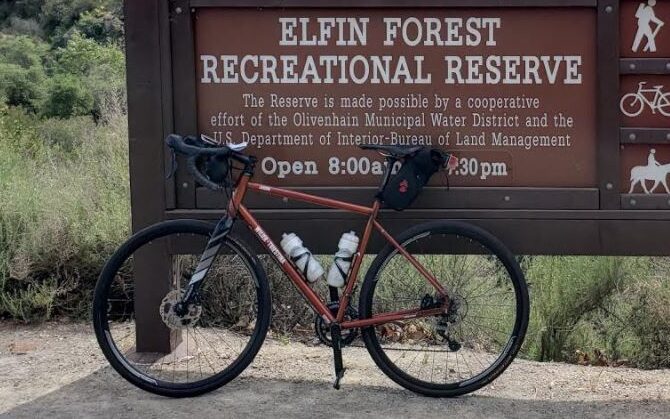
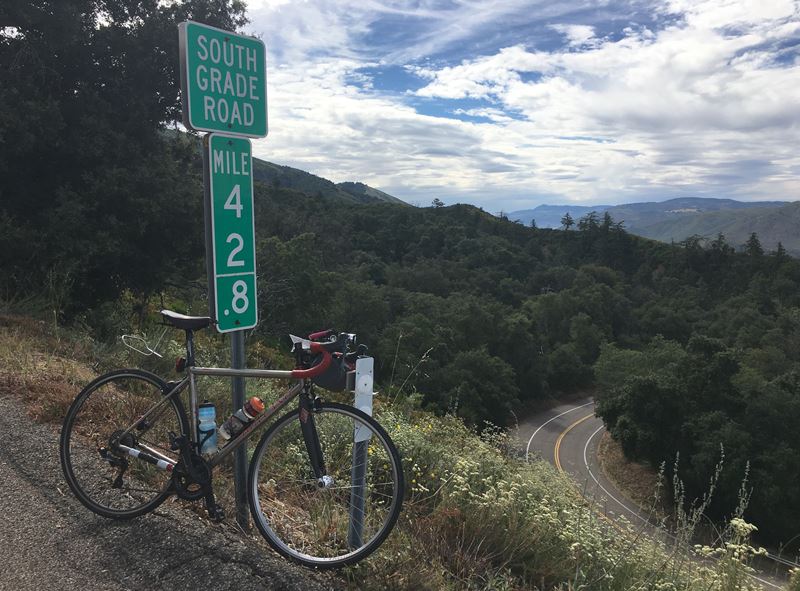
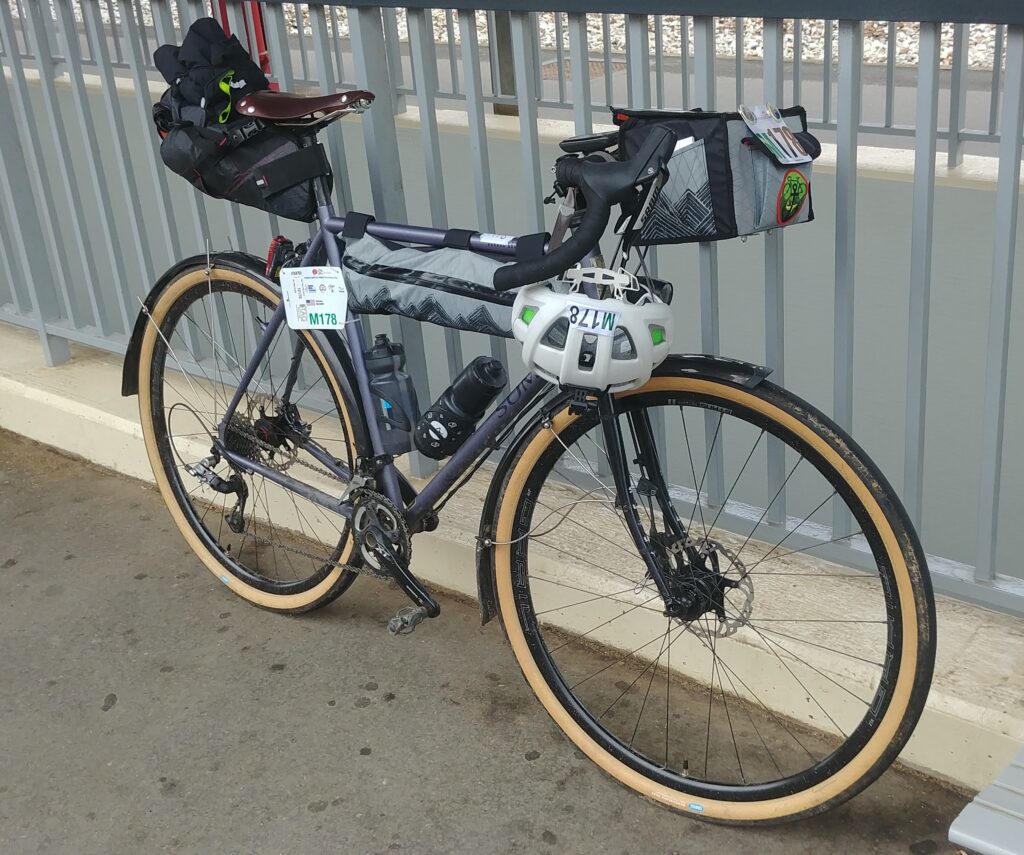



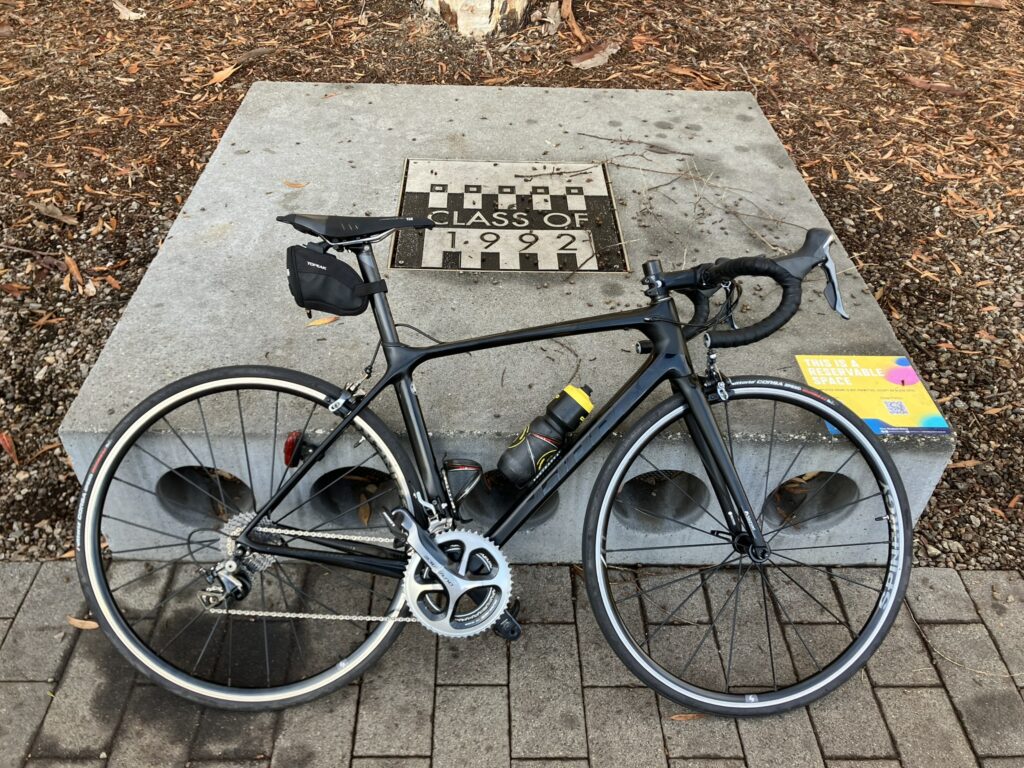
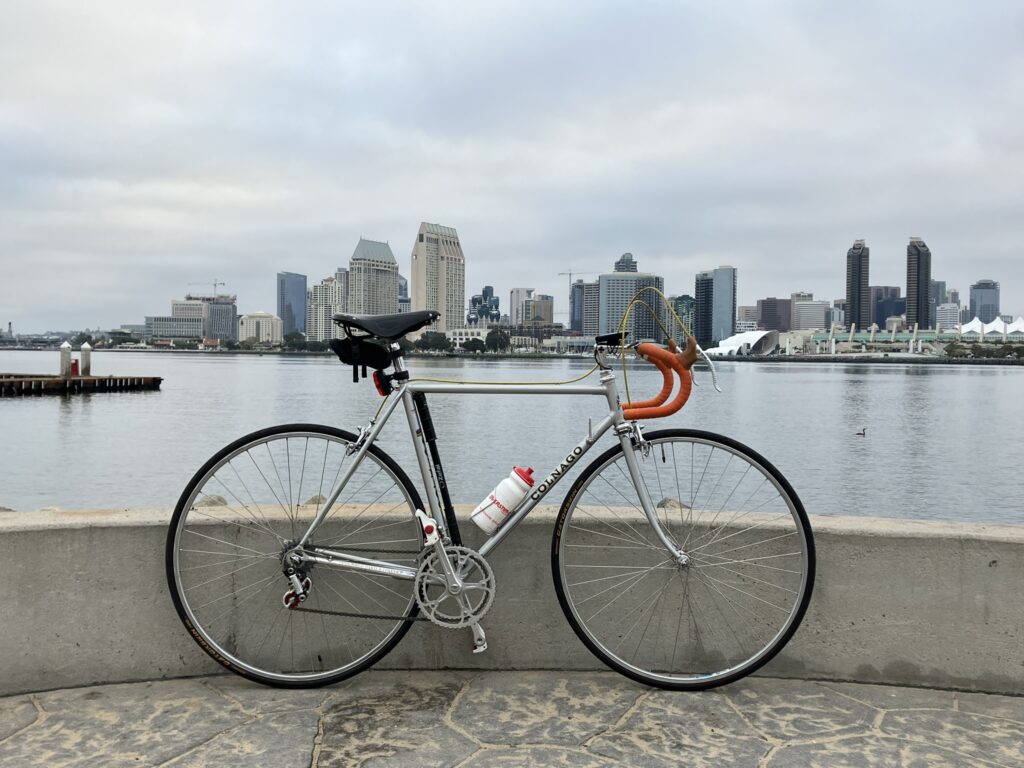
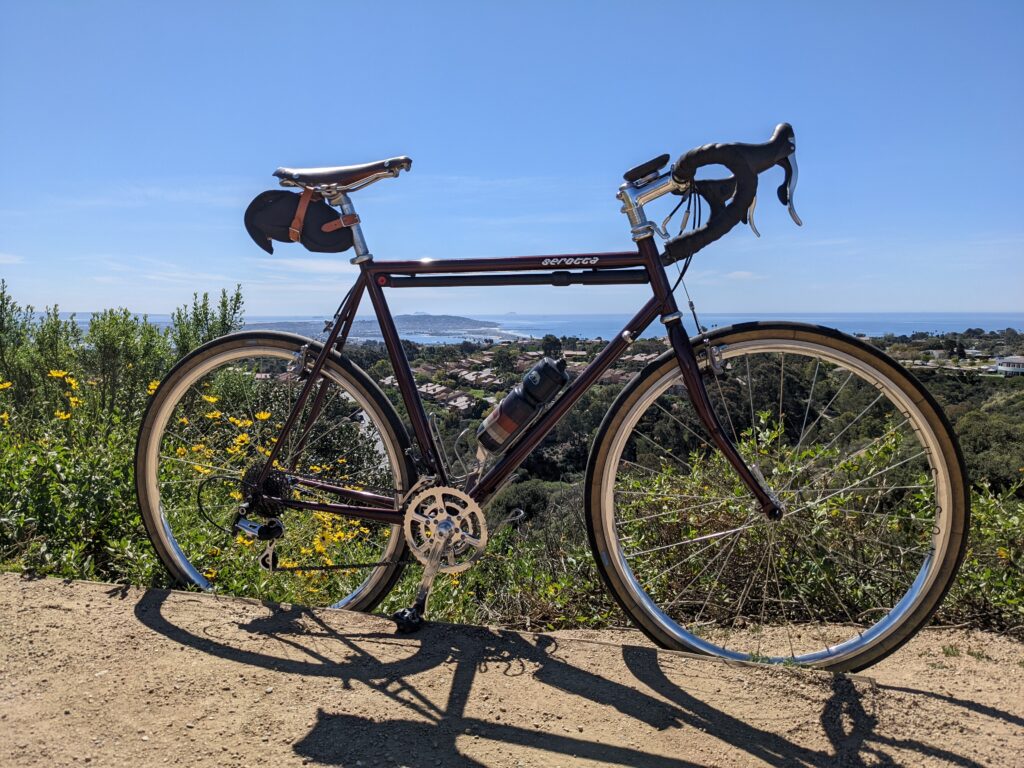
What should I expect on a ride?
Rides depart promptly at the designated start time, so show up at least 15 minutes early to get your bike ready and hear any last-minute course notes. Riders of similar speeds will frequently ride together for company and a draft, so feel free to ride with other randonneurs and get advice from them along the way, but don’t feel obligated to ride with others if you prefer to ride solo. The ride will go through several “control” points marked on the course where you will need proof of passage (GPS file or selfies) showing you went through those points. Stop as necessary for food, water, and bathroom breaks as you see fit along the way. The finish control is typically staffed, and the worker will record your finishing time. If you have to abandon for any reason, you will be responsible for your own transportation back and will need to notify the ride leader. Once the ride is over, submit your proof of passage so your results can be certified and submitted to RUSA.
How can I learn more about randonneuring and the San Diego Randonneurs?
The best way to learn more is to come meet us! Join us at a ride start or ride finish even if you aren’t yet ready to ride, and we’ll be happy to answer all of your questions and show you why randonneuring is so rewarding. You can also learn more from Randonneurs USA or email us at sdrandos@gmail.com.

“Give a man a fish and feed him for a day. Teach a man to fish and feed him for a lifetime. Teach a man to cycle and he will realize fishing is stupid and boring.”
Desmond Tutu
